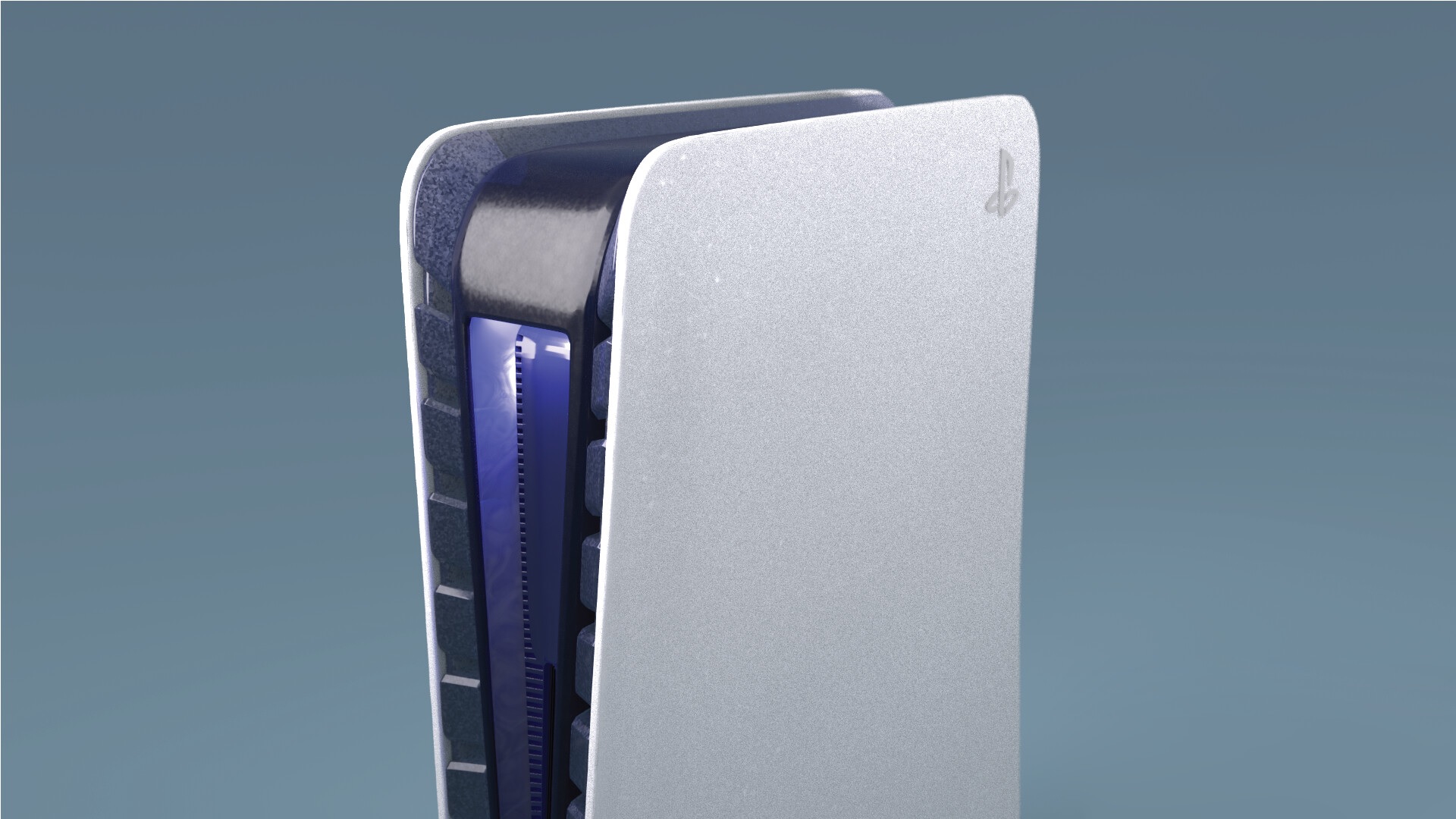PS5 Pro leaks reveal September 2024 launch and a huge new feature — here’s what we know

The PS5 Pro is pretty much an inevitability by now, taking into account the many leaks we’ve seen and how a beefier mid-gen refresh is very much in Sony’s playbook. But now, we’ve got some greater clarity on when we can get our hands on one, and how the company will significantly improve game performance.
According to Jeff Grub in an episode of his Game Mess podcast, industry insiders are confirming this mid-gen refresh is set to launch in September 2024, and that Sony is working on its own proprietary hardware and software for frame generation tech — similar to what Nvidia’s incredible DLSS is capable of.
Reframing the challenge
Sony’s DLSS-alike solution system packs the potential to drastically improve frame rates by up to 50%. Much like Nvidia’s solution, it will use hardware accelerated machine learning to generate additional frames and increase smoothness. Taking that % increase into account, based on the 4K/60 that the current PS5 is capable of (in very select games of course), we could seriously see the PS5 Pro hit 120 fps.
But why did Sony need to build its own unique version of tech similar to Nvidia’s DLSS? The console runs on AMD silicon much like the Xbox Series X, so surely it could use the chip maker's own FSR 3 for frame generation. The difficulty comes in the OS.
Since the Series X runs a version of Windows, it already has DirectX 12 built in, which DSR 3 uses to run workloads asynchronously for peak performance — not having to wait for one task to finish before starting another. Since the PS5 runs on a Linux-based OS, the only option Sony would have is to run these processes serially — in a single queue of tasks.
That would have a massive impact on any potential performance gains, so it’s natural that the company would venture to build its own version and circumvent this bottleneck. Though, this will start to raise the questions of whether this will be easy to implement like DLSS or FSR, or whether it’s going to become a bit of a pain point for developers.
More from Tom's Guide
- PS5 Pro could be bundled with GTA 6 but there’s bad news for PC gamers
- Sony DualSense Edge Review: An elite PS5 controller for a high price
- Microsoft’s discless Xbox future is a slap in the face to physical media
Get instant access to breaking news, the hottest reviews, great deals and helpful tips.

Jason brings a decade of tech and gaming journalism experience to his role as a Managing Editor of Computing at Tom's Guide. He has previously written for Laptop Mag, Tom's Hardware, Kotaku, Stuff and BBC Science Focus. In his spare time, you'll find Jason looking for good dogs to pet or thinking about eating pizza if he isn't already.
